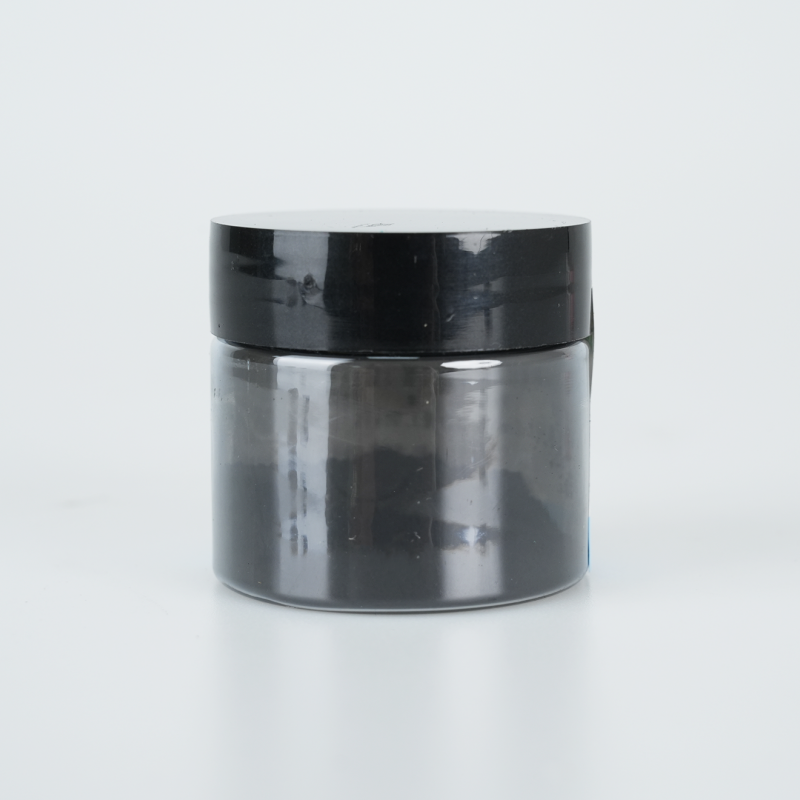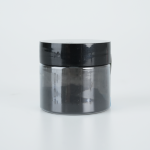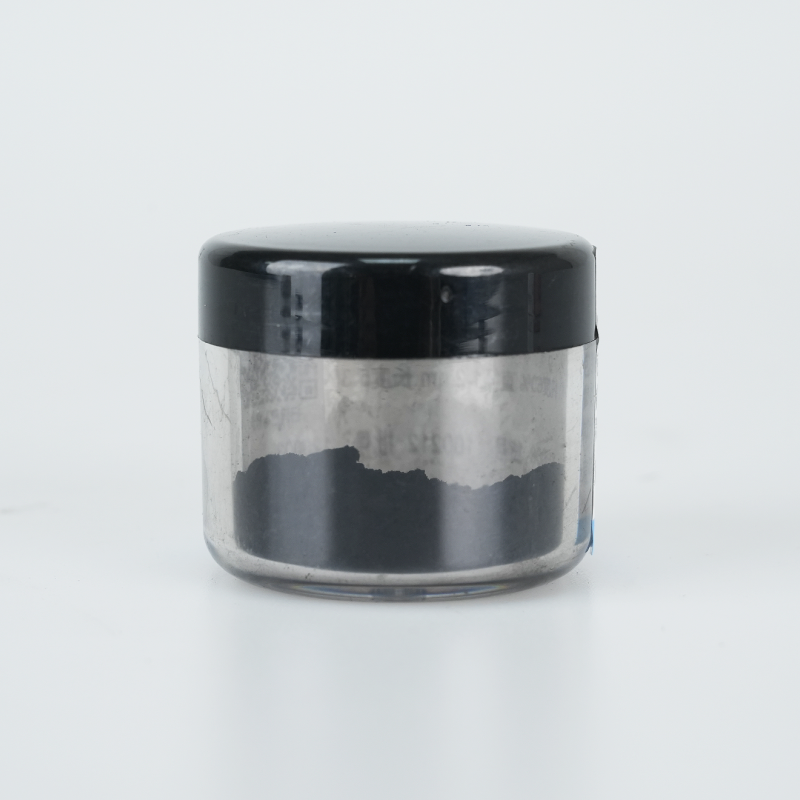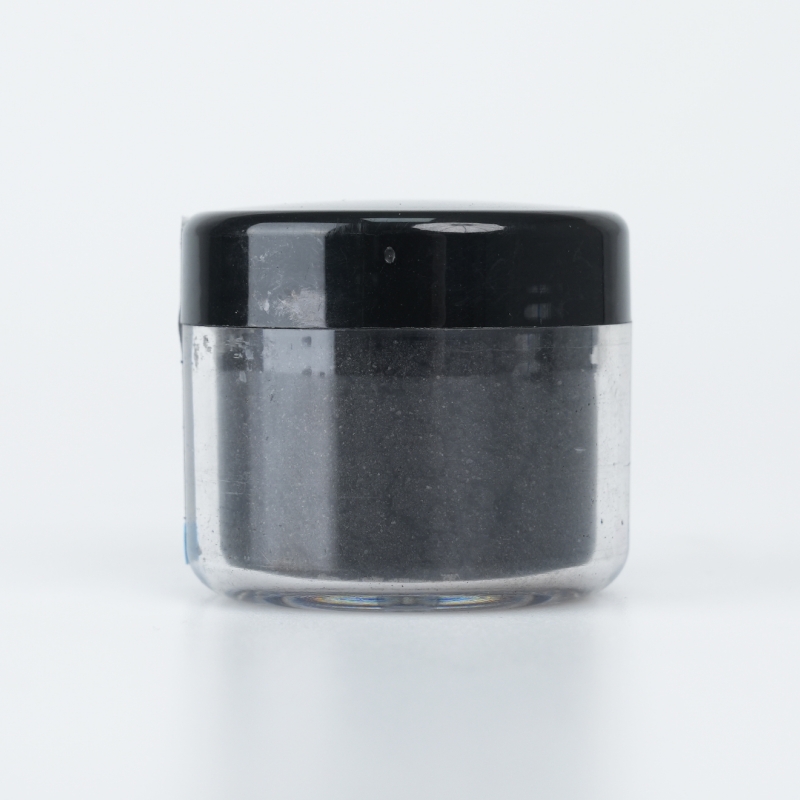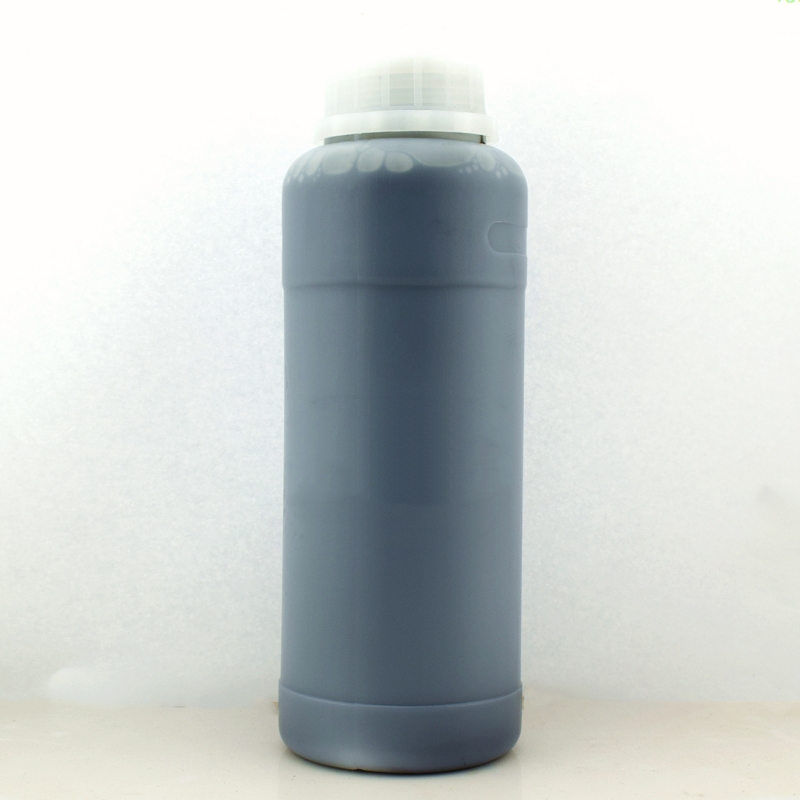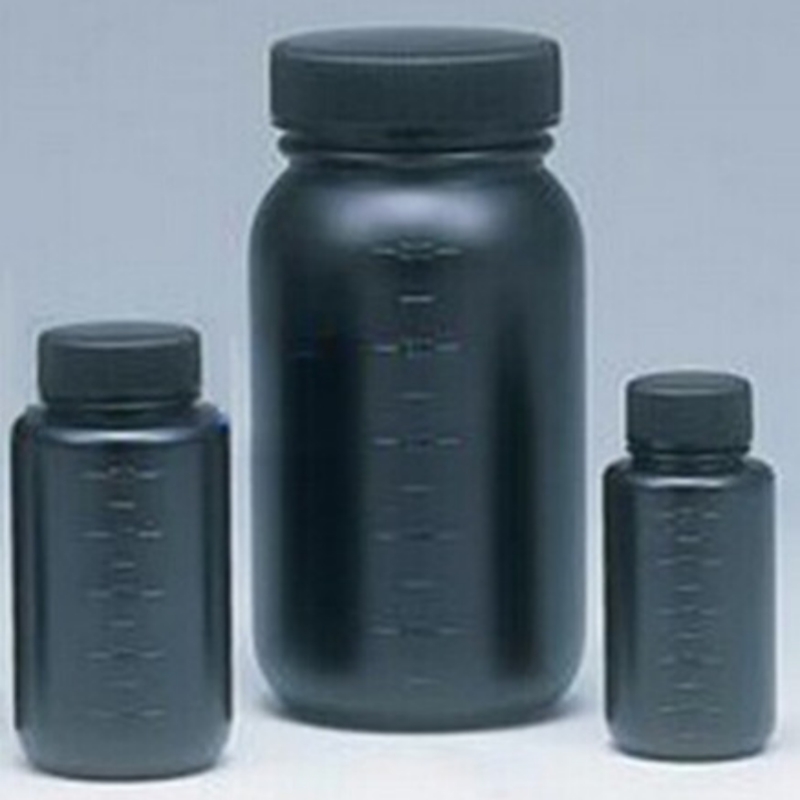Low-purity hydroxylated single-walled carbon nanotubes (SWCNTs) offer basic functionalization, moderate dispersion stability, and standard conductivity. Suitable for general-purpose applications, they provide cost-effective material integration, adaptable formulation, and functional enhancement.
Product Overview
Low-purity hydroxylated single-walled carbon nanotubes (SWCNTs) are nanomaterials with exceptional electrical, mechanical, and thermal properties. They are formed by the helical winding of a single layer of graphite hexagonal lattice along a chiral vector, presenting a seamless hollow cylindrical structure. This product has a high surface area and is suitable for multiple high-tech fields. Manufactured using a catalytic method, it exhibits good conductivity and thermal conductivity, with its purity and surface modification enhancing its potential for various applications.
Key Features
- Excellent Electrical Conductivity: High conductivity and low resistance, making it suitable for efficient current transmission, comparable to excellent conductors like silver and copper.
- High Thermal Conductivity: Exceptional heat conduction capability, allowing rapid and efficient heat transfer, ideal for cooling applications in electronic devices and thermal management systems.
- Unique Mechanical Properties: Excellent strength and toughness, with tensile strength reaching 100-200 GPa and a Young’s modulus near 1 TPa, significantly enhancing the performance of composite materials.
- High Chemical Stability: Stable in most common chemical environments, resistant to reactions with acids, bases, and oxidizing agents.
- Optical Properties: Capable of absorbing and scattering light at specific wavelengths and potentially emitting light under certain conditions, suitable for optoelectronic applications.
- High Flexibility: Can bend and fold without breaking, making it ideal for flexible electronic devices.
Applications
- Electronics: Used to manufacture small, high-efficiency integrated circuits, field-effect transistors, and flexible electronic devices.
- Energy: Serves as electrode material in lithium-ion batteries, improving charge/discharge performance and cycle life; also suitable for making supercapacitors, enhancing energy density and power density.
- Composite Materials: Adding SWCNTs to polymers significantly improves material strength, stiffness, and toughness.
- Sensors: With high sensitivity and selectivity, it is suitable for detecting gases and chemicals, especially for biological molecule and cell detection.
- Nanomechanics: Used as components for building micro-mechanical systems, such as nano motors in nanotechnology applications.
- Aerospace: Applied in the manufacture of lightweight, strong components for aircraft and spacecraft.
- Other Fields: Has broad potential applications in catalysts, field emitters, conductive films, and bio-nanomaterials.
| Technical Parameter | Low Purity Hydroxylated Single-Walled Carbon Nanotubes (Short) | Low Purity Hydroxylated Single-Walled Carbon Nanotubes (Long) |
| Diameter | 1-2 nm | 1-2 nm |
| Purity | >60% | >60% |
| Length | 1-3 μm | 5-30 μm |
| Hydroxyl Content | 3.96 wt% | 3.96 wt% |
| Specific Surface Area | >407 m²/g | >407 m²/g |
| Tap Density | 0.14 g/cm³ | 0.14 g/cm³ |
| True Density | ~2.1 g/cm³ | ~2.1 g/cm³ |
| Conductivity | >100 s/cm | >100 s/cm |
| Preparation Method | Moving catalytic method | Moving catalytic method |
 new material
new material

